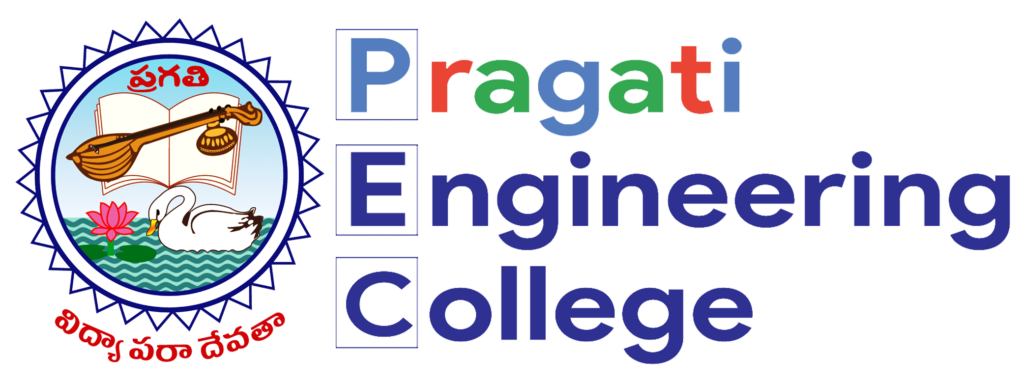BEST PRACTICES
BEST PRACTICES
BEST PRACTICES
Best Practice 1: Enhancing Student-Centric Approaches
Objectives: To foster a dynamic and inclusive learning environment that prioritizes individualized student growth and engagement, utilizing innovative pedagogical methods and technology integration; to facilitate continuous feedback mechanisms for students, enabling personalized support and holistic development; to establish a robust mentorship system promoting open communication and guidance, enhancing students’ academic and personal progress; to encourage active participation in co-curricular and extracurricular activities, nurturing leadership, teamwork, and interdisciplinary skills; and to continually assess and adapt these approaches through data-driven insights, fostering a culture of continuous improvement and ensuring the comprehensive development and success of every student.
Context: To initiate this practice, recognizing the diverse origins of students and their distinct learning styles, experiences, and requirements was crucial. It was crucial to find a way to overcome the technological barrier of integrating modern tools to individualise learning experiences. Faculty training and development played a pivotal role in adopting pioneering teaching methodologies that nurtured student-centered learning. One of the most important aspects was to ensure that information was being shared effectively between faculty, students, and administration. Another part of the effort was to find a good balance between academic rigour, all-around development, mental health support, and extracurricular activities. Implementing this practice also involved addressing potential resistance to change and sustaining commitment across all stakeholders.
Practice: Various methods were employed to render the classroom experience more student-centered:
- Bridging the Knowledge Gap: At the time of joining into college, 2-3 week induction program were extended to students. These sessions focused on imparting foundational knowledge or filling gaps between their existing understanding and new learning in engineering courses.
- Thorough Preparation: Students were provided with Class notes prepared by Course Teacher for upcoming session, during which they could deliberate on the outcomes of their programs, courses, and individual subjects. The Course data is uploaded in e-learning portal where student can access information freely. Additionally, they were apprised of the forthcoming class content and provided with guides for lesson preparation and assessment, aiding them in refining their educational objectives.
- Students were categorized into slow and advanced groups based on their classroom progress. PEC utilises tests, formative tests, and continuous internal evaluation and performance in the classes to gain deeper insights into individual students’ learning profiles. These assessments help identify learning difficulties, gaps in knowledge, and any potential barriers to academic progress. A special care should be taken and should guarantee critical facilitation and support for advanced learners to be exceptional achievers and for slow learners to improve their academic and personal performance.
- Activity-based learning was promoted, enabling students to gain a deeper comprehension of the subject matter. Undergraduates were strongly encouraged to participate in generating visual representations of topics, such as PowerPoint presentations linked to their coursework. Seminar, Assignments and fieldwork were allotted to students to solve real-world applications, enhancing their theoretical knowledge.
- Integration of Information and Communication Technology (ICT): The integration of an online learning management system provided students access to electronic tools for lectures, assignments, and presentations. Diverse technology-based methods, including videos, smart boards, and LED projections, were used to immerse students and boost comprehension. Video clips and films amplified the learning process.
Evidence of Success: A comprehensive review of the results showcased a remarkable increase in student engagement and academic performance. Graduation rates notably improved, indicating a higher level of student satisfaction and effective learning strategies. Additionally, the integration of personalized learning pathways and industry collaborations led to a substantial rise in internship and placements and successful job placements upon graduation. The practice’s success was further underscored by the consistent positive feedback received from both students and faculty members. These results collectively point towards the practice’s effectiveness in fostering a student-centric learning environment, enhancing overall educational outcomes, and preparing students for successful careers in their respective fields.
Best Practice 2: Teacher – Students Mentoring System
Objectives: To nurture students by taking individual care of each student and mentioning students through the programme both in their professional and their personal lives. To provide training and guidance to undergraduate post graduate students in all disciplines. To Increase the participation of all students in the different activities conducted by the Institute. To help the students achieve their career objectives.
Context: Students from different economic, social financial and regional backgrounds join Pragati Engineering College. Many of them are ill prepared for the rigorous professional programmes, English Language teaching and sudden exposure to city life. Being away from home, such students can best look up to their teachers for support and guidance. Pragati Engineering College initiated the Teacher Student Mentor System in all the departments to ensure the overall welfare and development of students.
Practice: In Pragati Engineering College Mentoring Systems, a teacher (mentor) is allotted a group of approximately 24 students (mentees). In regular Teacher – Student meetings various activities like career goal setting, presentation skills, communication skills, resume writing, aptitude test etc. are organised. Mentors keep all academic records of their mentees, monitor their attendance and progress and take care of even their personal problems. They also keep in touch with mentees’ parents.
Evidence of success: The evidence of success of mentoring system is reflected through the overall personality development of students. Those students who had lack of confidence, were weak in communication, had poor presentation skills, were observed having significant improvement in the lacked areas when they came to final year. Parents were happy to have a system where, the overall progress of their ward is monitored and informed to them timely right from the first year till the course completion. There is a marginal increment in the number of students participating in various events held within and outside the college, since the implementation of Mentoring System. Increase in student attendance and improvement in students’ academic performance. Cordial relationship between staff and students.
